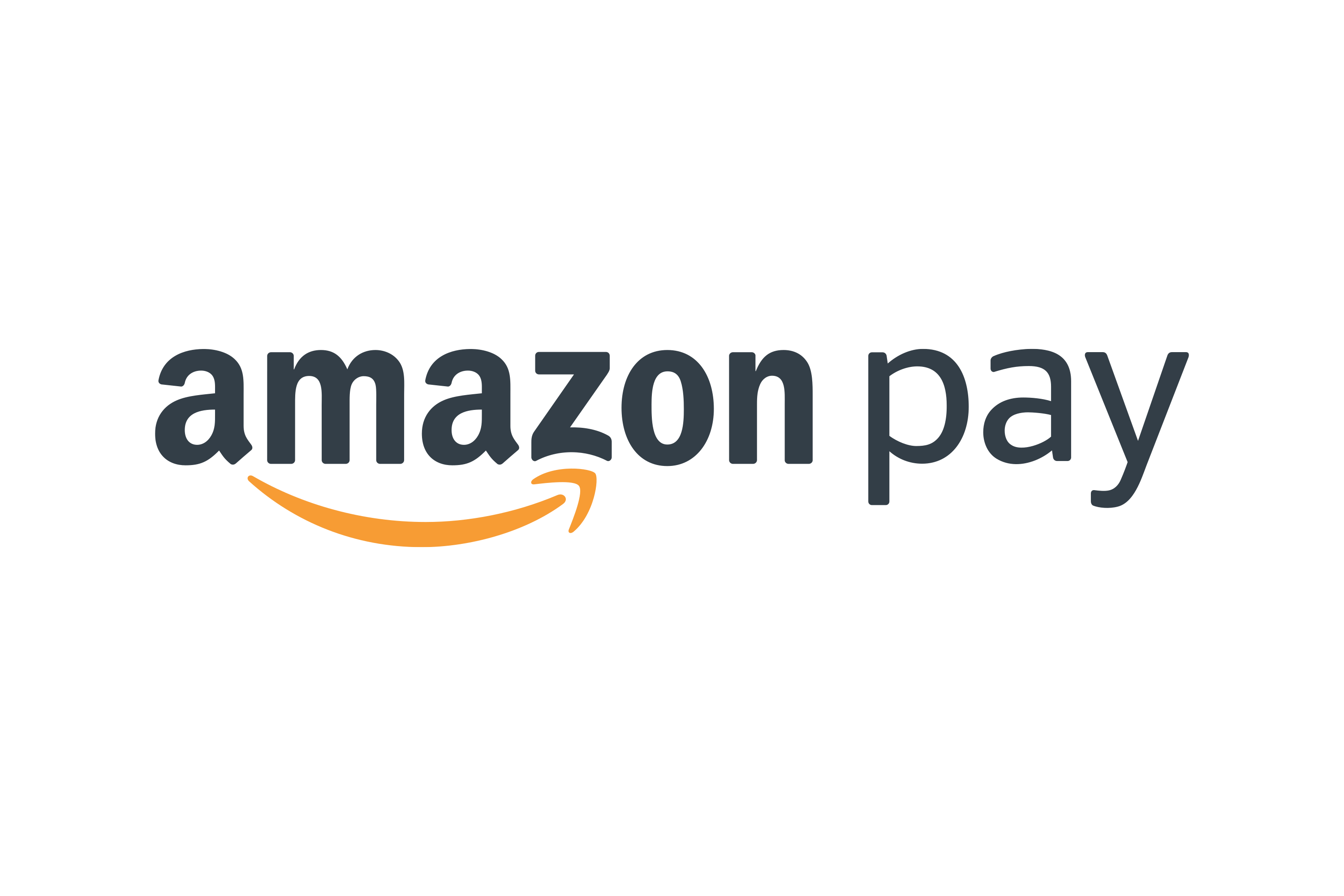Content Marketing for Your Payments Website
Your content strategy for your payments site should increase organic traffic and convert readers into customers. Our content marketing guide can help.
Every Business Needs Great Content
Connect instantly with highly-vetted writers across 50+ industries. Manage your entire content production in one easy-to-use platform. Never worry about content again for your SMB.
Get StartedA fully-supported, flexible content marketing solution for digital and creative marketing agencies. We will match you with highly-vetted writers to best support the content needs of each of your clients.
Learn MoreLarge enterprise businesses in need of a turn-key content marketing solution. Add a dedicated, expert writing team from Scripted to research, produce, and publish premium content.
Learn MoreProducing consistent, quality content on your publishing or media site means managing a lot of moving parts including multiple deadlines, assignments, and payments for freelancers. Scripted can handle it all.
Learn More
Trying to increase organic traffic to a payments website can be challenging. Your business works in a highly competitive industry dominated by a handful of major payment processors. That means you need to attract, educate, and convert customers without going over your marketing budget.
Content marketing offers a reliable way to grow your customer base and build a reputation within the industry. Remember—every payment website started as an idea. It took time and work to turn those ideas into profitable businesses.
The following guide will help you understand the challenges you face and how you can grow your business with help from content marketing professionals who understand the most effective ways to increase organic traffic to your website.
The Basics: How Can Content Marketing Benefit Your Payments Website?

In the sections below, we’re going to look at some of the biggest, most successful payment processors in the world. For now, let’s trust that you know that established brands already have an enormous advantage over smaller upstarts.
Your competitors probably have more money and influence than you. And that’s okay. For the next few paragraphs, set aside your concerns—no matter how realistic they are. It’s time to focus on what you can do instead of what you cannot do.

It takes a lot of work for new businesses to establish themselves as authoritative organizations consumers and other businesses can trust. Content marketing gives you a low-cost way to show off your expertise and grow your brand authority.
Some of the most effective strategies for growing brand authority include:
- Answering the questions of current and potential clients (answer them on your website, social media accounts, and anywhere else they ask).
- Sharing reports and case studies that show you pay close attention to advancements and setbacks in your industry.
- Publishing white papers that identify your brand as an authority figure capable of conducting independent research.
- Posting thought-leadership articles that show consumers that your executives and managers are trustworthy professionals.
- Partnering with other brands so you can build on each other’s growing reputations.
Post regularly to prove that your company has the skills, technology, and insight to meet the needs of diverse clients. Over several months—or years—you should see your name become more recognizable inside and outside your industry.

What does your payments website do that other payment processors don’t offer? Why should someone choose you over a larger company that has a proven record of success?
These are serious questions that people ask when they explore payment processing options. Use content marketing to educate readers and ease them through the sales pipeline.
If you cannot describe why it makes sense for your target market to choose you over your competitors, take some time to think about what your business does. A motivated company leader who believes in the product can name many reasons without hesitation.

You need to get the right keywords on your website. You also need to build links to high-authority sites and grow your traffic so you can move up in the SERPs, or search engine results pages.
Content marketing and SEO strategies go hand-in-hand. If you're unsure of what all this means, don't worry—we’ve written a complete section about it below.

Content marketing can increase organic traffic, which means more people will learn about your products. People can’t buy things they don’t know about!
You can also expect increased conversions from content that:
- Nudges readers through the sales funnel.
- Establishes your company as a reliable, trustworthy authority.
- Educates readers about how you can solve the pain points that stand between them and success.
Know Your Competitors

People outside of the payment processing industry only know the top companies. When you work in the industry, you know you face a list of competitors that include more companies than PayPal and Stripe. The top companies providing payment processing services include:
 PayPal
Used by more than 300 million people in over 200 countries.
PayPal
Used by more than 300 million people in over 200 countries.
 Stripe
A rapidly growing company with about
2 million active
users.
Stripe
A rapidly growing company with about
2 million active
users.
 Amazon Pay
An easy payment option that lets people use their Amazon accounts on other eCommerce
Amazon Pay
An easy payment option that lets people use their Amazon accounts on other eCommerce
 X-Payments
A low-cost payment processor that accepts payments from more than 40 credit cards.
X-Payments
A low-cost payment processor that accepts payments from more than 40 credit cards.
 Braintree
A PayPal offshoot that specializes in fraud-detection tools and integrating with other payment processors, including Apple Pay, Venmo, and Google Pay.
Braintree
A PayPal offshoot that specializes in fraud-detection tools and integrating with other payment processors, including Apple Pay, Venmo, and Google Pay.
 Due
A payment processor that also excels at tracking invoices, organizing payment information, and charging low rates.
Due
A payment processor that also excels at tracking invoices, organizing payment information, and charging low rates.
 GoCardless
A recurring payment processor that meets the needs of companies that use a subscription-based model.
GoCardless
A recurring payment processor that meets the needs of companies that use a subscription-based model.
 SecurePay
A payment processor that has become wildly popular in Australia.
SecurePay
A payment processor that has become wildly popular in Australia.
 Adyen
One of the most popular payment processors most people have never heard of (Spotify and Microsoft use it).
Adyen
One of the most popular payment processors most people have never heard of (Spotify and Microsoft use it).
 CyberSource
An online payment processor that understands the security concerns of eCommerce stores and consumers.
CyberSource
An online payment processor that understands the security concerns of eCommerce stores and consumers.
Visit these competing websites to see how they attract, inform, and convert their customers. Ask yourself where they succeed and fail so you can develop an approach that fits your brand.
Here are some examples that should point you in the right direction.

PayPal has already established itself as the most influential leader in the online payment processing industry. For the most part, PayPal’s content marketing strategy focuses on the good that it does in the world. People already know about PayPal’s services, so the company doesn’t need to go into detail about that topic. It does, however, need to make sure it builds a brand that does more than process financial transactions.
PayPal’s post
“Growing a Nonprofit: How the Wylde Center Found Success During the Pandemic”
does an excellent job communicating how PayPal gives back—while also promoting the company as a reliable option for payment processing.
In this blog post, PayPal discusses several ways that the Wylde Center, a nonprofit that operates green spaces in the Atlanta area, managed to grow during the Covid-19 pandemic. The strategies discussed include:
- Cultivating environmental stewardship.
- Adapting in-person gardening classes to online lessons.
- Updating their website to include more images and information about their garden projects.
Not surprisingly, the post also talks about how the Wylde Center used PayPal QR Codes so the nonprofit could continue selling items on-location without jeopardizing the health of employees, volunteers, and visitors. With PayPal QR Codes, customers can use their smartphones to scan codes. PayPal processes payments to the Wylde Center electronically, making it unnecessary for anyone to exchange physical money or credit cards.
Here, you find a timely story about the struggles of a nonprofit during the pandemic… and how PayPal’s services helped one organization overcome certain pandemic limitations. It’s a feel-good story that also subtly advertises a PayPal service.
Identify Keywords That Increase Organic Traffic

You cannot increase organic traffic to your site without publishing landing pages and blog posts that include well-researched keywords. The most effective SEO strategies tend to focus on adding long-tail keywords that attract customers interested in specific information.
Plenty of keyword research tools can help you identify long-tail keywords that appeal to your target audience. Some favorites include:
- Ahrefs—A huge library of keywords that can show you which options rank in the U.S. and beyond.
- Moz Keyword Explorer—The world’s largest keyword library that helps you optimize every piece of content and track metrics.
- SEMrush—Tools from SEMrush include site audits, position tracking, content analysis, and on-page keyword optimization.
- Google Analytics—A suite of tools for identifying keywords, optimizing ads, and tracking metrics.
It’s very unlikely that you can use short-tail keywords to compete against industry leaders. They already dominate when it comes to keywords like “payment processing” and “online payments.”
But don’t let that worry you. Long-tail keywords make it possible for you to attract potential customers looking for answers to very specific questions. Long-tail keywords don’t get as much traffic as regular keywords. The traffic that they do attract, however, comes from people interested in your services. That could mean that you get a better ROI by converting a higher percentage of visitors.

(image placement)
The pandemic hurt restaurants so badly that many states lifted restrictions on alcohol delivery. The decision to lift alcohol delivery bans probably saved thousands of restaurants (and kept more than a few people sane while they sheltered in place).
Obviously, restaurants, bars, and liquor stores will have questions when state and local governments lift delivery restrictions. They all want to make money from alcohol sales, but none of them want to risk breaking liquor laws or paying the associated hefty fines.
Mobile payment processor Square recognized an opportunity to attract business owners with its blog post
"Why Alcohol Delivery Will Still Be a Big Opportunity Post-Pandemic".
With help from
WordStream’s Free Keyword Tool,
you can identify other keywords that help the post successfully reach its intended audience.
Low-competition keywords on the list include:
- Square restaurant POS
- Square POS system for restaurants
- The cube credit card
High-competition keywords include:
- Square for restaurants
- Square cost per month
- Square payment processing
Unfortunately, the free version of WordStream only gives you 25 of 500 keywords for any given page. As noted earlier, keyword research gets expensive quickly. WordStream uses its free service as a teaser that gives you a taste of what the paid version can do.
You can bet that the paid version would reveal long-tail keywords specific to alcohol delivery. Just scanning through the post reveals phrases like:
- You can bet that the paid version would reveal long-tail keywords specific to
- alcohol delivery. Just scanning through the post reveals phrases like:
- Alcohol delivery to customers
- Convenience of alcohol delivery
- On-demand alcohol delivery
- Benefits of alcohol delivery
- Alcohol on-demand delivery
- Alcohol delivery makes it easy
- Alcohol delivery can help customers
- How to offer alcohol delivery
- Square On-Demand Delivery
Combining these alcohol delivery-specific long-tail keywords with keywords about payment processing makes Square’s post a popular article that educates readers while encouraging them to accept Square’s payment options.
You can apply this approach to practically any subject, including holidays, news events, and customer success stories.
Hint:
This just scratches the surface of keyword research and on-page SEO optimization. You can avoid the hassle and expense of conducting keyword research with
Scripted Cruise Control.
Cruise Control does all of the hard work for you. As a member, you can rely on professionals to:
- Create a content marketing strategy that includes keyword research and optimization.
- Content ideation and creation from the platform’s highest-rated writers.
- Personalized account management that keeps your strategy on track.
- Analytics and reporting that shows the effects of your content marketing strategy.
Use Social Media to Increase Traffic to Blog Posts

Content writing should help people find your website when they use search engines. The good news is that Google and other search engines will do this for free. As long as you post high-quality content that includes the keywords people use to find information online, you will see increased organic traffic to your site.
The bad news is that content marketing takes time. Search engine crawlers don’t find your new content as soon as you publish it. It can take a week or longer before your posts get ranked by search engines like Google.
What do you do in the meantime?
First,
make sure your site is indexed. (You can check this by searching for “site:yourdomain.” For example, someone checking Scripted to make sure it has been indexed would use “site:scripted.com.” The search results should show a list of pages connected to your domain.
Having an indexed site doesn’t mean Google will find your most recent post immediately, but it does ensure that your content will get noticed as soon as possible.
(image placement)
Second—and this is the driving point of this section—use your social media accounts to drive traffic to your website and blog posts. Write compelling posts and link to your site to push people toward your content.

Don’t expect consumers to just click on any URL you post to your social media accounts. You need to encourage your followers to follow links and read your content.
Payments websites accomplish this in several ways, such as:
- Briefly explaining the benefits of a feature and encouraging people to learn more.
- Providing summaries of industry research and linking to longer, in-depth reports.
- Teasing how they have helped other customers find success.
When you post content to your social media accounts and blog, you enter the world of omnichannel marketing. Remember to keep your brand voice as consistent as possible. You want people to see your business’s personality. That way, they feel like they’re getting services from individuals rather than some faceless corporation.
A consistent brand voice also improves your overall approach to marketing by helping you build on the momentum you gain in one area. For example, you can use your successful social media posts to send fans to your website. An inconsistent voice, however, tarnishes the experience. Once at your site, they’ll wonder what happened to the company they enjoy interacting with on Facebook, Twitter, or Instagram.

GoCardless is far from the world’s biggest payment processor. Still, it uses its Facebook account to tease its services, landing pages, and blog posts. The company uses engaging copy and attention-grabbing images to get readers interested.
One successful Facebook post from April 2021 included a short video about helping Cuckoo Broadband use Instant Bank Pay—a GoCardless product—to collect failed payments faster.
The social media post directs followers to a customer success page with an additional video and a detailed description of how GoCardless improved Cuckoo’s payment processing. The page includes social proof in the form of quotes from Cuckoo employees. It also highlights improvements with headers like:
- Turning failed payments into a positive customer experience
- Disrupting broadband with simplicity and transparency
- A partnership built on openness and collaboration
Critically, the end of the customer success section includes a link to read dozens case studies featuring other businesses and GoCardless products
Immediately below “Read more stories like Cuckoo Broadband,” visitors find an encouraging CTA that states, “Start your GoCardless story today. Join the 50,000 businesses already using GoCardless.” This is a masterclass in CTA writing because it reminds readers that GoCardless has a long roster of clients and suggests that their companies could be the next big success story featured on the site. It’s subtle and yet brilliant.
Find Professional Writers for Your Content Marketing Strategy
These steps above require professional writers who understand how to create nuanced, influential content for your blog, landing pages, social media accounts, and video channels.
Scripted has done the hard work of vetting writers with experience in the payment processing industry.
Browse our writers
to find someone who fits your needs. Each writer profile gives you writing samples, client feedback, and other information that will help you choose the right person for your content
Once you find a professional you trust, choose a
Scripted membership plan that
matches your content and digital marketing goals. If you’ve had difficulty creating content, don’t fret! Scripted makes every step of the process as easy as possible.



